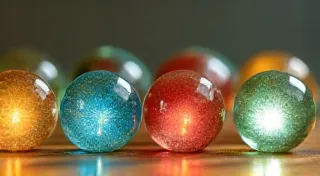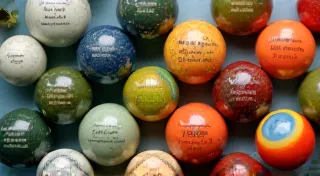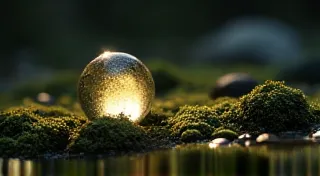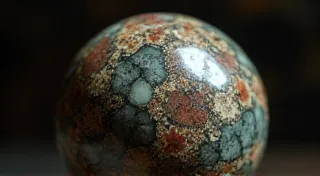Ragamuffin Marbles: The Story and Value of These Unique Clay Creations
The world of antique marbles is vast and fascinating, brimming with history and artistry. While many collectors focus on glass marbles, a distinctive and often overlooked category holds a special charm: Ragamuffin marbles. These unique clay marbles, often bearing the whimsical faces of Raggedy Ann and other beloved characters, offer a delightful window into early 20th-century toy manufacturing and have become increasingly sought after by collectors. This article will delve into the history, manufacturing process, and collector’s appeal of these captivating treasures.
The History of Ragamuffin Marbles: A Connection to Imagination
The story of Ragamuffin marbles is intertwined with the enduring popularity of the "Raggedy Ann" doll, created by Johnny Gruelle in the 1910s. Gruelle, a cartoonist, initially created Raggedy Ann as a bedtime companion for his daughter, Marcella. The doll quickly gained regional popularity and became a national sensation by the 1920s, spawning books, merchandise, and a widespread cultural phenomenon.
While the exact origins of Ragamuffin marbles remain somewhat murky, they are believed to have been primarily produced in the 1920s and 1930s. Several toy companies, particularly those operating in the Ohio Valley region – a hub for clay toy production – are associated with their manufacture. The most prominent, and most frequently cited, is the Wolverine Toy Company of Cleveland, Ohio. Other potential manufacturers include the Unique Toy Company and the Bliss Manufacturing Company, but conclusive evidence linking them to Ragamuffin marble production is often scarce.
The appeal of these marbles wasn’t just about the novelty of a clay marble; it was about capturing the essence of the beloved Raggedy Ann character. The smiling faces, often slightly imperfect and hand-painted, were intended to evoke the same charm and warmth as the dolls themselves. They were marketed as toys, novelties, and promotional items, accessible to children of all socioeconomic backgrounds – a significant factor in their relatively widespread distribution.
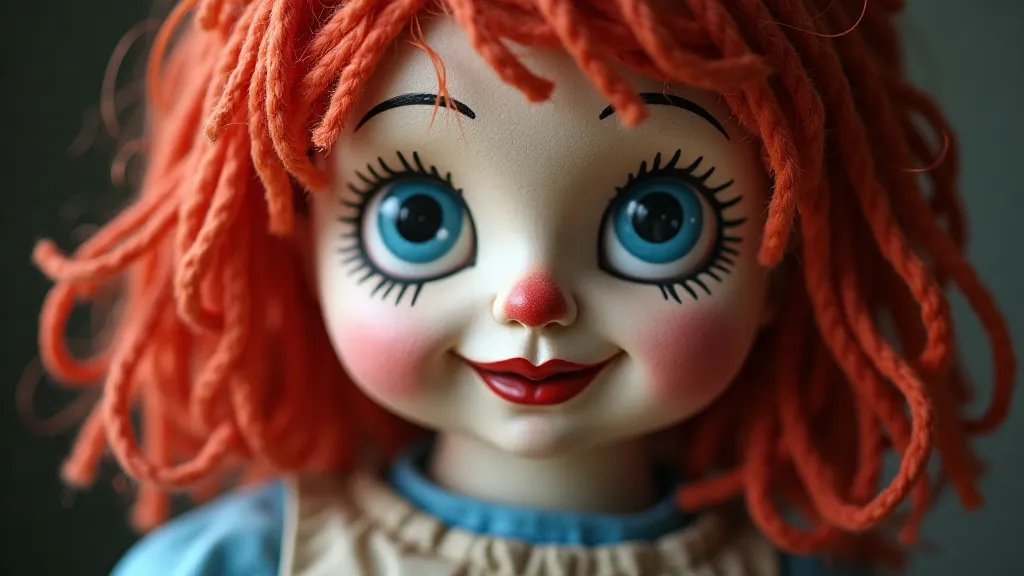
The Manufacturing Process: A Glimpse into Early Clay Toy Production
Understanding the manufacturing process of Ragamuffin marbles provides valuable insight into their creation and the level of artistry involved. Unlike the precision-controlled glass-making processes, clay toy production relied heavily on manual labor and artisanal skills.
The process typically began with raw clay, often locally sourced. This clay was then prepared and molded into basic spherical shapes. Unlike some glass marble processes that used molds, Ragamuffin marbles were often shaped by hand or using simple hand-operated tools. This accounts for the slight variations in size and shape found among different specimens.
Once the basic shape was achieved, the next step was the application of facial features. This was done by skilled artisans who meticulously hand-painted the faces, using readily available paints. The simplicity of the designs—usually a smiling face, sometimes with rudimentary eyes and a nose—allowed for efficient production, yet each face possessed its own unique character.
Following the painting process, the marbles were fired in a kiln, a necessary step to harden the clay and create a durable finished product. The firing process itself could impact the final appearance of the marble, potentially affecting the paint’s vibrancy and the clay's color. Variations in firing temperature and duration contribute to the unique qualities observed in individual Ragamuffin marbles.
Types of Ragamuffin Marbles: Identifying Variations and Rarities
While "Ragamuffin" is the most common term used to describe these marbles, several variations exist, adding to their collectibility and creating distinct subcategories for enthusiasts.
- Raggedy Ann Marbles: These are the most sought-after and valuable, depicting the iconic Raggedy Ann doll's face. Variations include different expressions, paint quality, and slight differences in the design.
- Other Character Marbles: While Raggedy Ann is the most famous, marbles featuring other cartoon characters of the era were also produced. Identifying these requires careful examination of the facial features and sometimes researching contemporary advertising materials.
- "Smiling Face" Marbles: These marbles simply feature a smiling face without a specific character's likeness. While common, they still possess a nostalgic charm.
- Size Variations: Ragamuffin marbles typically range in size from approximately 1/2 inch to 1 inch in diameter. Larger sizes are rarer and generally command higher prices.
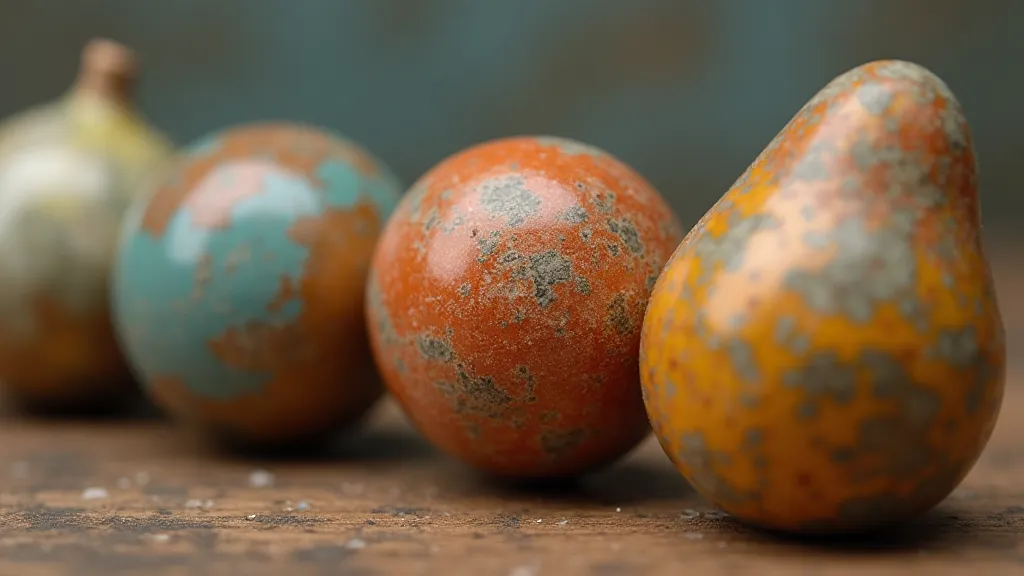
The Collector’s Appeal and Value: Why These Marbles Endure
The collector’s appeal of Ragamuffin marbles stems from a combination of factors: their historical significance, their artistic charm, and their relative rarity. They represent a tangible link to a bygone era of toy production and evoke a sense of nostalgia for many collectors.
The value of Ragamuffin marbles is influenced by several factors, including:
- Character Likeness: Raggedy Ann marbles are consistently the most valuable.
- Condition: Marbles in excellent condition, with vibrant paint and minimal chips or cracks, command higher prices.
- Rarity: Less common character variations or unusual size variations can significantly increase value.
- Paint Quality: Marbles with particularly well-executed paint jobs, displaying a higher level of artistry, are more desirable.
- Provenance: Knowing the history of a marble – where it was found or who previously owned it – can sometimes enhance its value.
While prices can vary considerably, a well-preserved Raggedy Ann marble can range from $50 to several hundred dollars, depending on the aforementioned factors. Other character marbles and "smiling face" marbles generally sell for less, but still hold a significant appeal to collectors.
Preserving and Identifying Ragamuffin Marbles: Tips for Enthusiasts
For those interested in collecting Ragamuffin marbles, there are a few key tips to keep in mind:
- Research: Familiarize yourself with the different variations and identifying characteristics.
- Handle with Care: These are fragile antiques and require gentle handling.
- Store Properly: Store marbles in a safe place, away from extreme temperatures and direct sunlight.
- Seek Expert Advice: Consult with experienced collectors or appraisers for authentication and valuation.
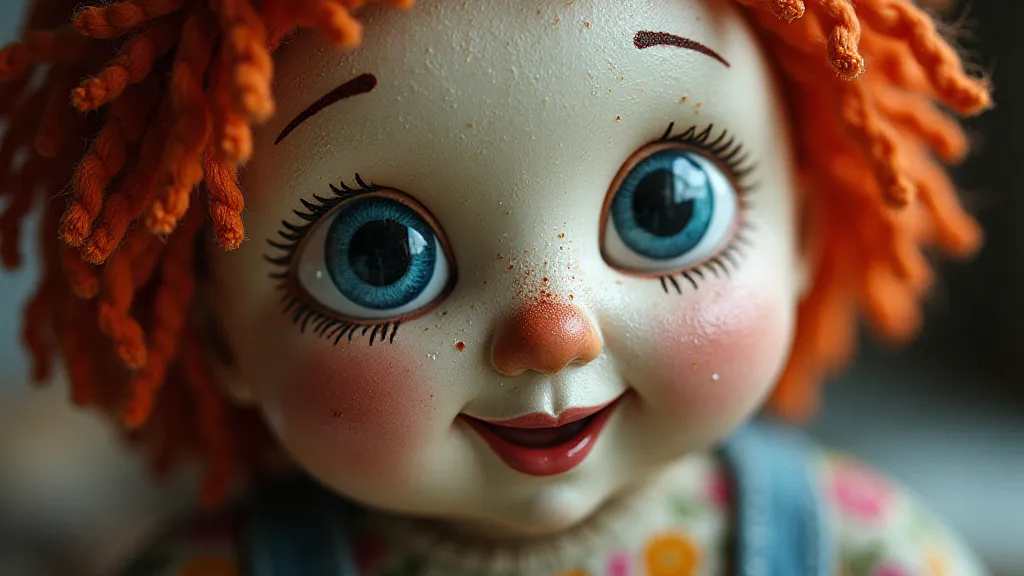
Ragamuffin marbles offer a captivating glimpse into the past, connecting us to a time of simple pleasures and handcrafted toys. Their unique charm and historical significance ensure that they will continue to captivate collectors and enthusiasts for generations to come. By understanding their history, appreciating their artistry, and preserving their fragility, we can ensure that these delightful clay creations remain treasured pieces of our shared heritage.
